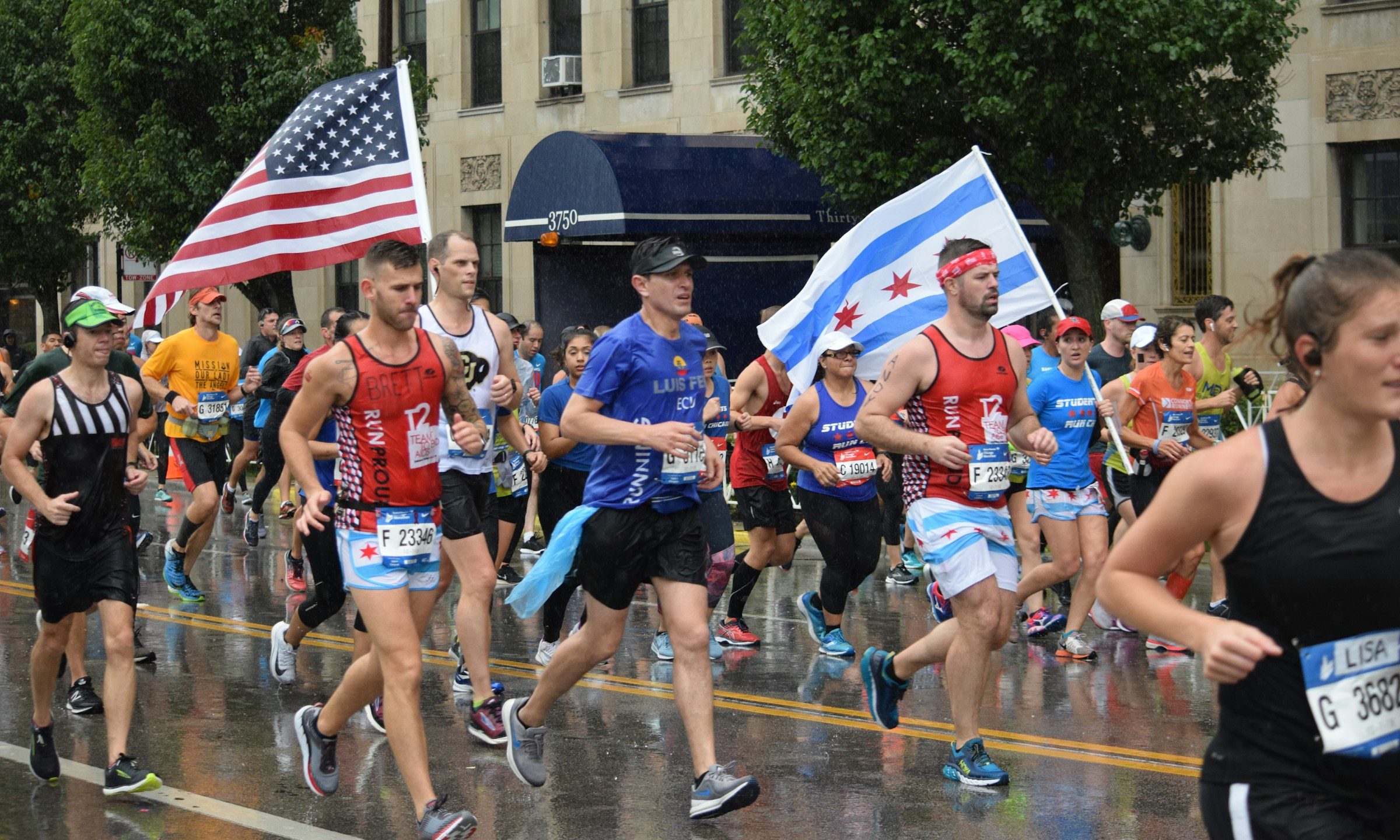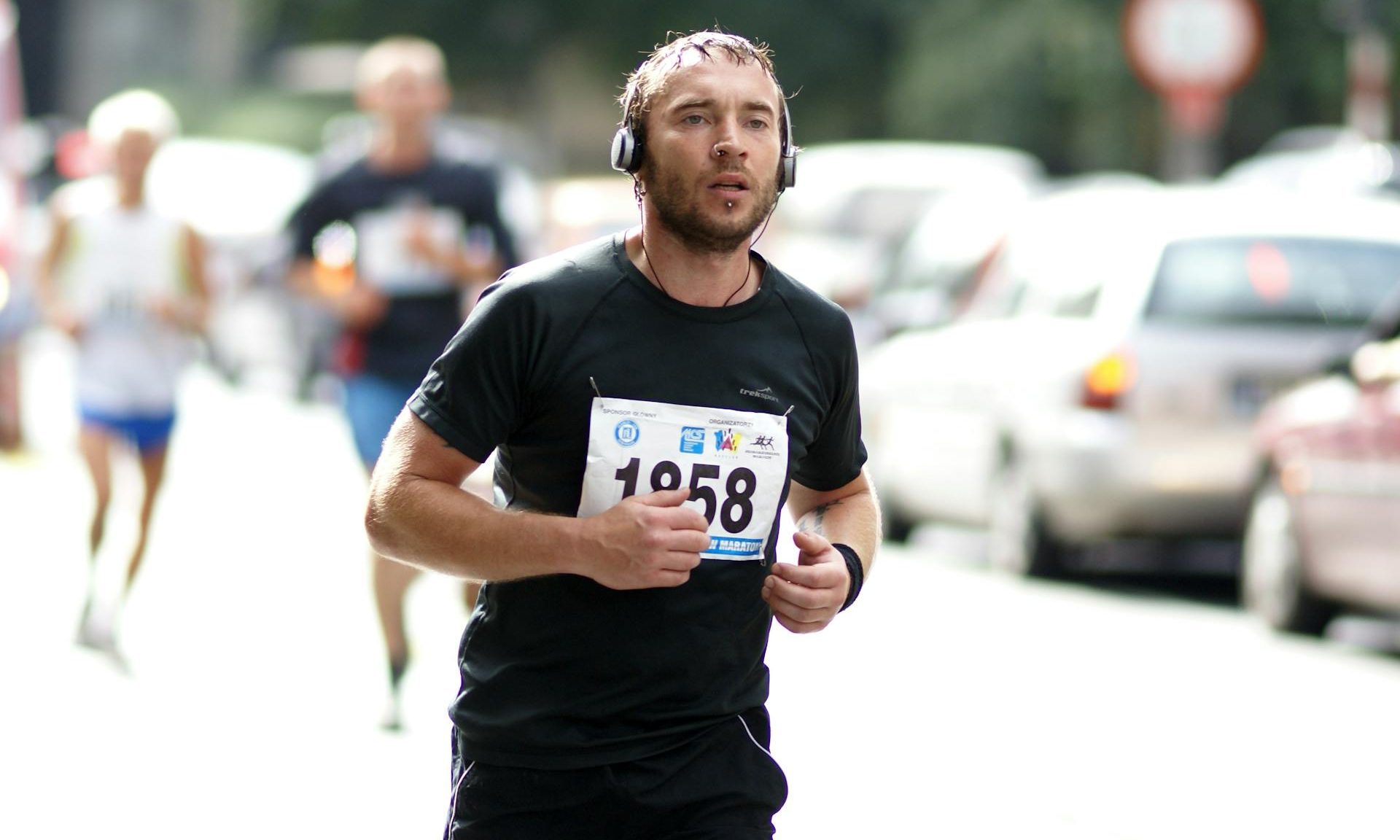Avid runners often look for ways to level up their performance and cross that finish line faster. We’ve heard a buzz about zero-drop running shoes, carbon-plated running shoes, and even sandals, special diets, protein shakes, and other tips and methods. It’s difficult to know what truly works and what’s just rapidly dwindling hype.
Tackling a marathon is a major accomplishment, but some runners are taking the challenge to a new level by participating in the Boston 2 Big Sur Challenge. So, what is this challenge, and what does it involve?
What is the Boston 2 Big Sur?

The Boston 2 Big Sur is an international marathon event involving two coasts and two marathons. With little recovery time between these two big races, it’s one of the most intense and scenic back-to-back marathon challenges out there.
The first part is completing the Boston Marathon, and then, only six days later, the second part is crossing the finish line of the Big Sur Marathon. While these marathons are six days and about 3,000 miles apart, runners took on the challenge, with registration opening up back in October of last year. The April 27th race this year was the 14th Boston 2 Big Sur Challenge presented by HOKA.
To qualify for the Big Sur Marathon Challenge, you had to be an official entrant of the April Boston Marathon. If you don’t finish the Boston Marathon, you’re not eligible for the special Boston 2 Big Sur Challenge medallion or the finisher jacket. There are certain perks of completing the event, such as the medallion, jacket, and an “in training” tech shirt.
The Boston Marathon

The Boston Marathon is the oldest annual Marathon in the world, and it was first held in 1897. The Marathon starts in Hopkinton and ends in Copley Square in Boston.
The Big Sur Marathon

The Big Sur International Marathon is held annually in California along the Pacific coast and originated in 1986. This Marathon attracts thousands of runners every year, and the finish line is in Carmel, California.




